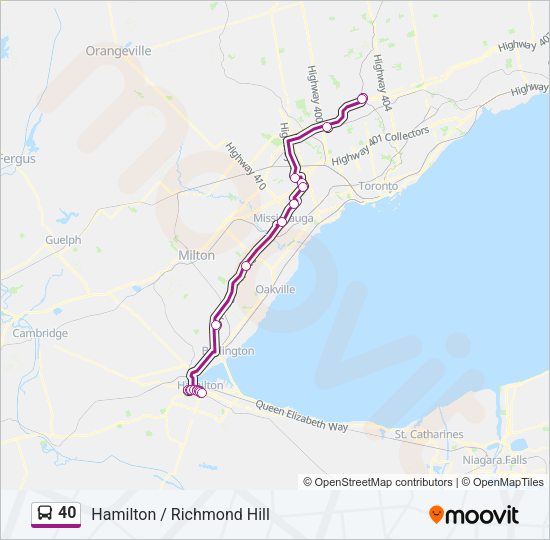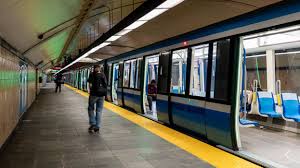Recent Developments in GO Transit Services

Introduction
GO Transit is a vital public transportation system in Southern Ontario, facilitating commuting for thousands of residents daily. With the increased demand for sustainable transportation options, GO Transit has been implementing various upgrades and expansions, making it more relevant than ever in the region’s transit landscape.
Investment in Infrastructure
In recent months, the Government of Ontario announced a significant investment of $300 million aimed at enhancing GO Transit services. This funding is allocated towards upgrading railway lines, expanding station facilities, and adding more trains to the fleet. The objective is to increase service frequency, particularly during peak hours, ensuring a smoother and more reliable commuting experience.
New Routes and Schedule Changes
As part of the ongoing improvements, GO Transit will introduce new routes and adjust schedules to better meet the needs of its riders. Starting January 2024, there will be an additional express train service between Hamilton and Toronto, reducing travel time by approximately 15 minutes. These changes are part of a broader strategic plan aimed at responding to the growing population in the Greater Toronto Area (GTA) and making public transit a more appealing option for commuters.
Environmentally Friendly Initiatives
Additionally, GO Transit is committing to sustainable practices, including the integration of electric trains into their operations. The first electric trains are expected to be operational by Fall 2024, which will significantly reduce greenhouse gas emissions associated with public transport. This move aligns with Ontario’s commitment to achieving net-zero emissions by 2050 and enhances GO Transit’s role as a leader in eco-friendly transportation.
Community Engagement and Response
GO Transit has also emphasized the importance of community feedback in its planning and operations. Recent public consultations revealed that riders are looking for more accessibility options and enhanced safety measures. In response, the transit authority will enhance facilities at stations to ensure they are accessible to all passengers, including those with disabilities.
Conclusion
As GO Transit continues to evolve through investment, new services, and sustainable practices, it remains at the forefront of public transit solutions in Ontario. These enhancements not only aim to improve convenience and efficiency for current riders but also seek to invite more residents to choose public transportation as a viable option for their daily commuting needs. With ongoing projects and initiatives on the horizon, the future seems promising for GO Transit and its future riders.








